Welcome to our Heritage Pages. Here you will find information on the history of St Margaret’s, the changes that have taken place over the years and some of the people who have helped create the magnificent Grade 1 listed building you can see today, or have been connected to it in some way.
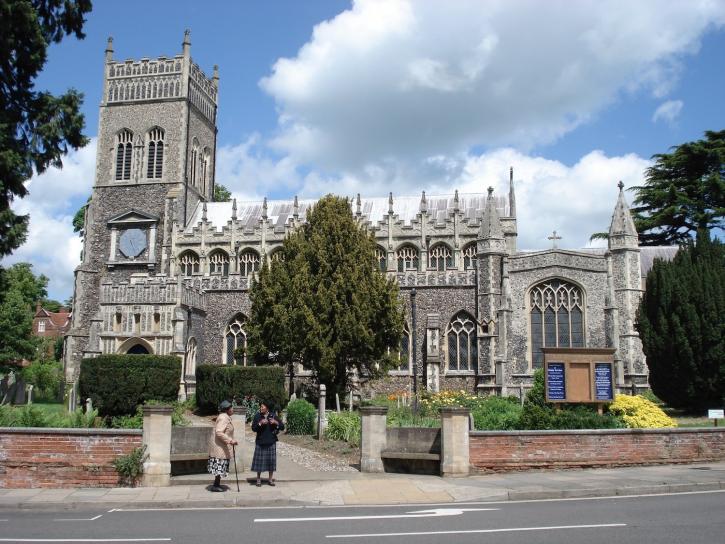
A church has stood on this site for some seven hundred years and its fabric reflects the political and consequent religious changes during that time. A constant has been the devotion of its parishioners and their determination to care for and beautify St Margaret’s; a duty we still feel today with our recent project to ensure the bells are fit for use for the next century. Its importance to the lives of the present parishioners is clear in the “Listen to our memories” section. The Guide Books, leaflets and the Young Persons’ Guide cover the history of the church and some of the remarkable people who have been associated with it. There is also a link to discover more about those from the parish who died in World War I.
As present-day custodians of the building our prayer is that, as you visit this church in person or through this website, you may experience something of the Spirit of God, as have all those who have worshipped here in the past.
The church is open daily from 10am - 3pm in the winter months, remaining open until 4pm during the summer.. Guided tours are also available.
A Brief History
About 1133 the Austin Canons built Holy Trinity Priory on what is now Christchurch Mansion.
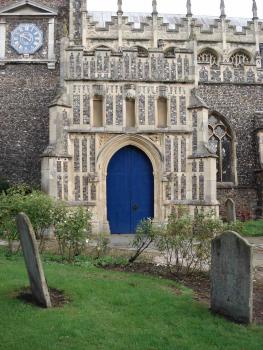 Their church was the local parish church until the growth of the congregation forced the canons to build a new church next door about 1300. This was dedicated to St Margaret of Antioch, a saint popularised by returning crusaders. St Margaret’s became the largest parish in Ipswich and in about 1495 members of its congregation led by the Halle family were wealthy enough to fund the building of a double hammer beam roof to increase the nave height and fit a fine row of clerestory windows. The initials and trademarks of these benefactors may be seen amongst the 130 roof and window carvings.
Their church was the local parish church until the growth of the congregation forced the canons to build a new church next door about 1300. This was dedicated to St Margaret of Antioch, a saint popularised by returning crusaders. St Margaret’s became the largest parish in Ipswich and in about 1495 members of its congregation led by the Halle family were wealthy enough to fund the building of a double hammer beam roof to increase the nave height and fit a fine row of clerestory windows. The initials and trademarks of these benefactors may be seen amongst the 130 roof and window carvings.
The closure of Holy Trinity and all monastic houses in England in 1536 and the rejection of Papal supremacy left St Margaret’s as an individual parish church within the structure of the emerging Church of England. Its internal lay-out and fixtures over the next hundred years came to reflect the Protestant practice of that church.
The accession of William III and Mary in 1688 was seen as a guarantee of the continuance of this English Protestant church and prominent parishioners decided to celebrate this by commissioning the painting of the magnificent ceiling panels.
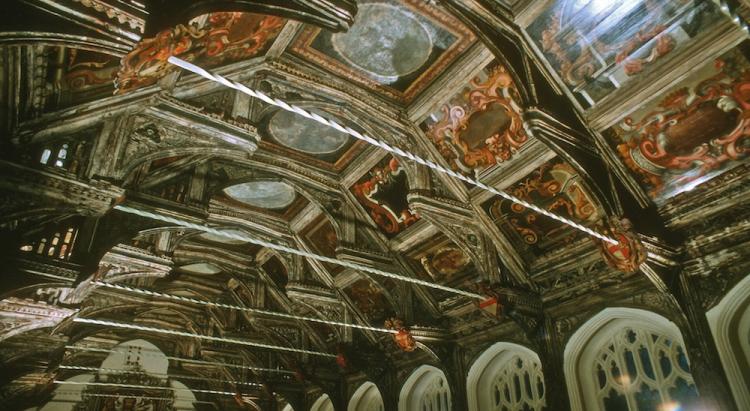 Photo of painted ceiling panels from the Michael Woodward Photo Archive
Photo of painted ceiling panels from the Michael Woodward Photo Archive
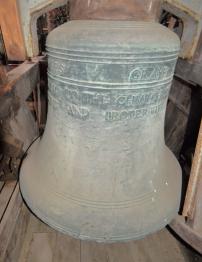
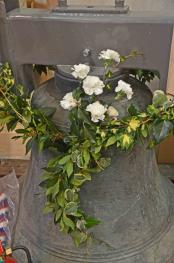
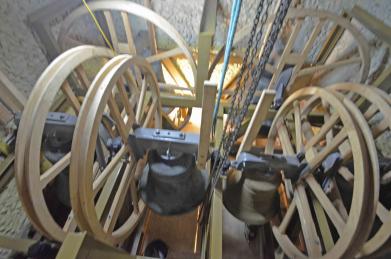
The 17th C also saw the coming of the first of the bells which we still have today and whose re-hanging and re-tuning and necessary rebuilding was completed in 2018.
St Margaret’s church’s interior has evolved over the centuries with extensions to the core building of the church, new windows, organs, seating and other areas. However, it is still essentially a medieval church which continues to provide spiritual comfort to the people of Ipswich; the reason for its original foundation.
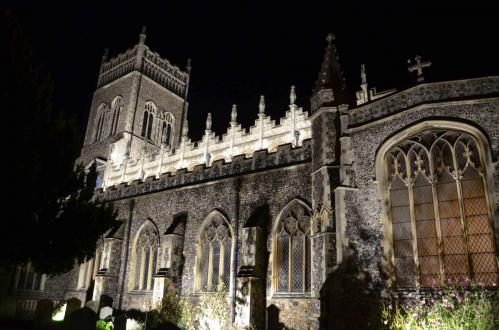
St Margaret's Church at night lit by LED lighting installed by Ipswich Borough Council in 2016